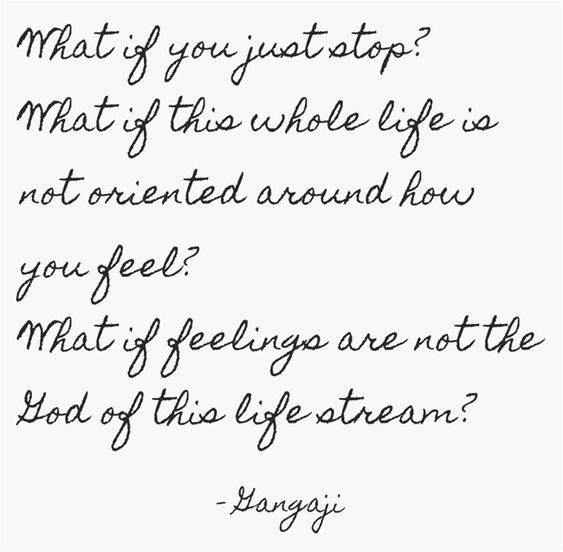As I child, I went with my mother, 2 sisters, and grandmother to watch Sleepless in Seattle. You know the scene where they finally connect at the top of the Empire State Building? They all cried their eyes out. I sat watching, trying to figure out why people were so moved. I’ll never forget my mother turning to me and saying, “Oh, Bethany. Have a heart. It’s okay to cry, you know?”
I did know. But I just didn’t often feel moved to tears.
I remember first coming to my yoga mat, expecting a similar rush of adrenaline to what I experienced my life as an athlete. I did get that rush, but I also got a whole new rush of sensation that came from the invitation to feel deeper. It felt as if nerves I’d never turned on before suddenly became wired, and life seemed more vibrant, sensitive, and intricately more complicated. I got the Sleepless in Seattle vibes I’d missed out on so many years ago.
Today, I will cry every time I browse the greeting card aisle. I will cry anytime that song “100 Years” plays. I will also cry at “Closing Time,” in case you’re wondering. Don’t get me started on the homeless animal commercials.
Yoga softened me to my feelings in a way my family will always be grateful for. I’m nicer now. But, that doesn’t mean I use my practice as a way to chase better feelings. That, actually, is a perversion of what the practice is meant for.
On our mats, we are asked to wake up to the reality of sensation within our bodies and our world. We are then asked to lean in to that sensation as a means of inquiry, not worrying about pursuing pleasant feelings and certainly not pushing away challenging feelings. This invitation to “breathe out negativity” takes us down the trap yogis know as Raga and Dvesha: attraction and aversion. In Buddhism as in yoga, this is thought to be the root of suffering.
I invite you to set a new intention for this year. Instead of using your yoga practice as a means to chase pleasant feelings – or chase away painful ones – can you use it as a means to be aware of the transient nature of feelings? Can you stay with a sensation long enough to take it to completion, allowing it to pass on its on time?
When we do this, we stop using yoga to feel better and we start using it to get better. We use it to connect to that deeper sense of being that is untouched by the vibrant, sensitive, intricately complicated world.
“Feelings come and go. They are inherently untrustworthy. Check it out for yourself. Find out what does not come and go.” – Gangaji
Warmly,
Bethany
